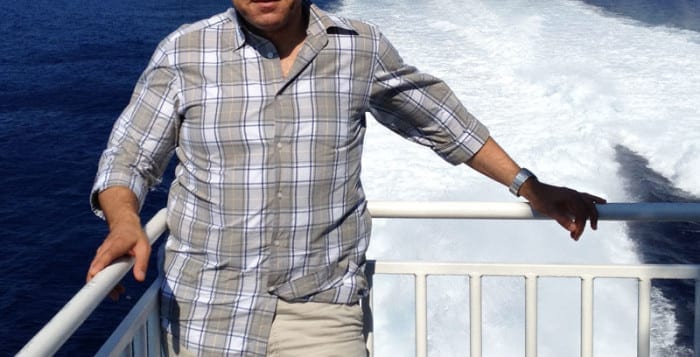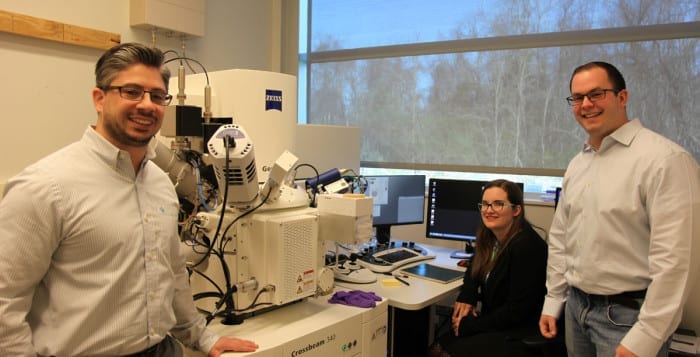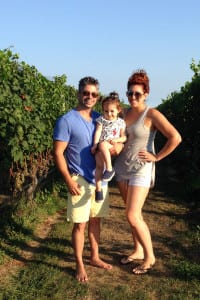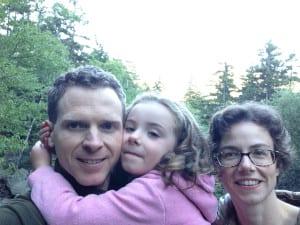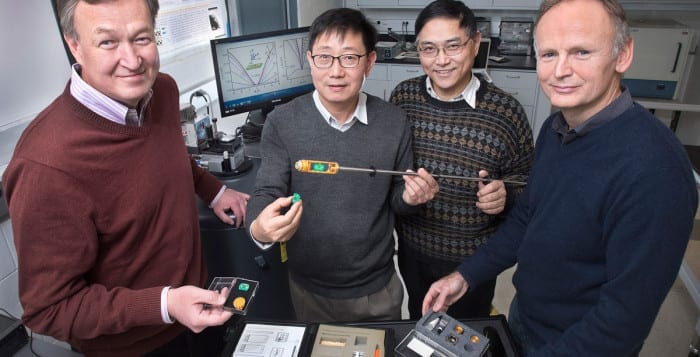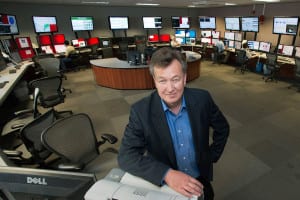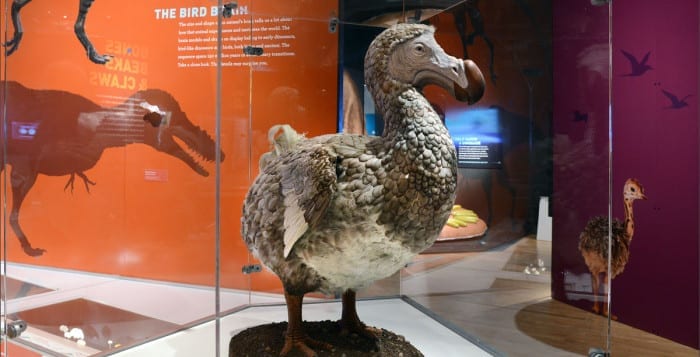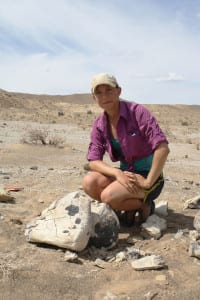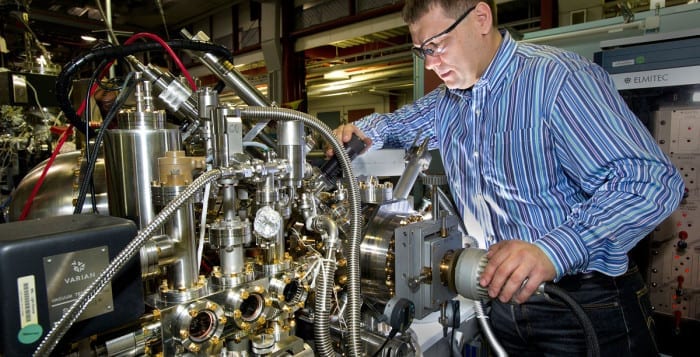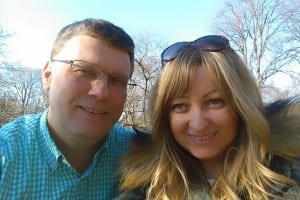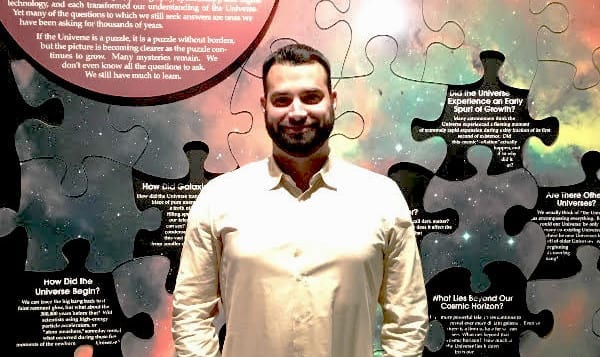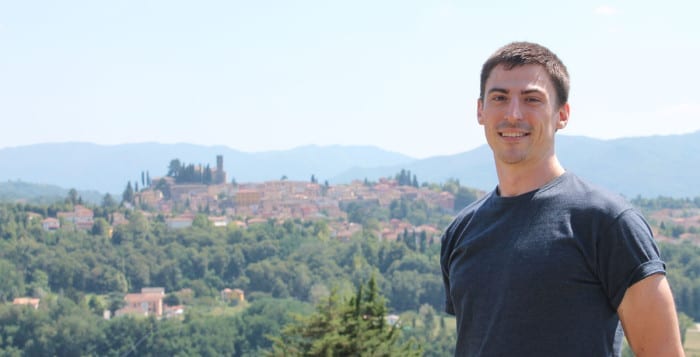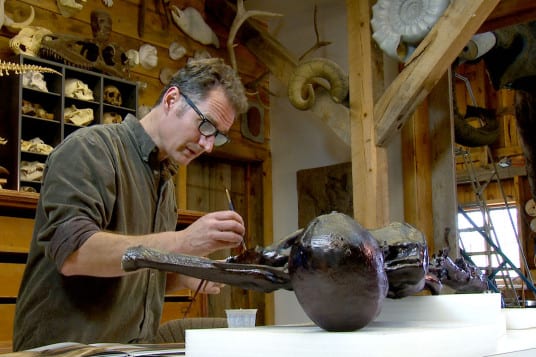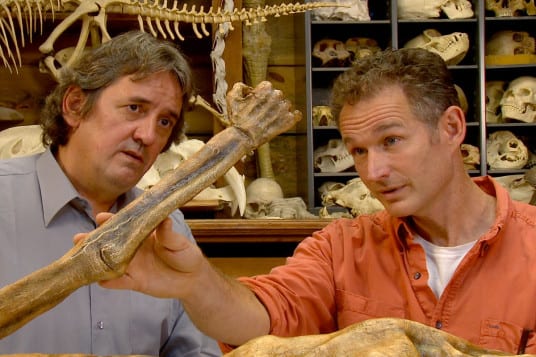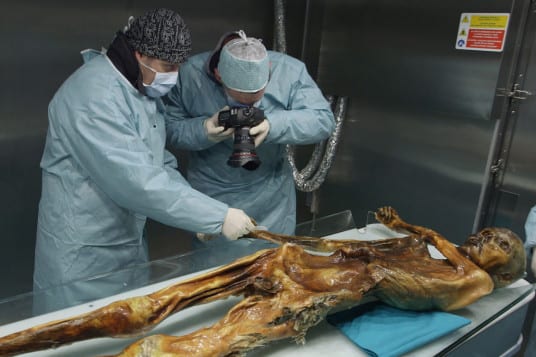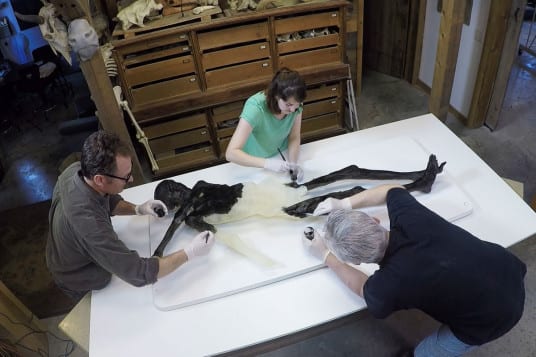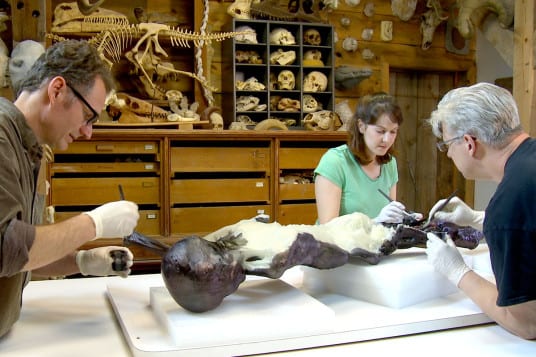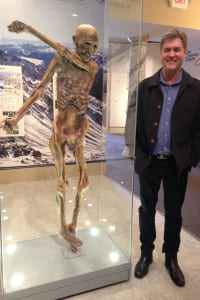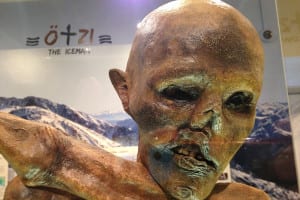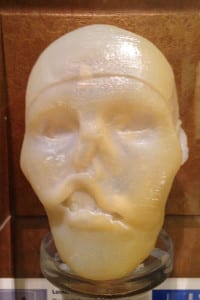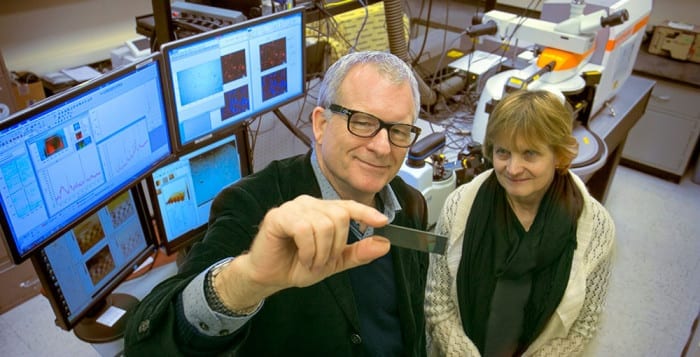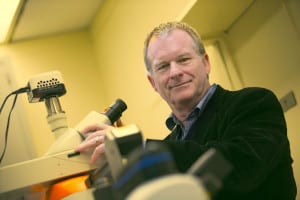He grew up in Greece and has explored how water moves around everything from fish to river beds to the supporting columns of bridges.
The dean of the College of Engineering and Applied Sciences at Stony Brook University, Fotis Sotiropoulos has found plenty of opportunities to discuss topics that interest him in the six months since he arrived from the University of Minnesota.
Sotiropoulos recently had a storm surge meeting in New York City with a number of consultants and stakeholders to share ideas about how to prepare the area for everything from water flow storms like Hurricane Sandy to the potential effects of global warming on low-lying areas in the city and on Long Island.
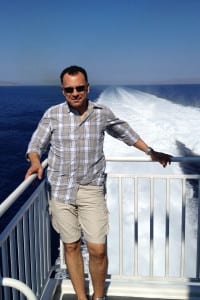
“We have developed high-fidelity computational models and can recreate virtual flooding events,” Sotiropoulos said. “We can simulate what a flood will do and what its impact will be on the infrastructure.”
By using computers, he can predict the forces on buildings if a Category 5 hurricane strikes. He can help assess the risks and suggest measures to take to reduce the impact of a damaging storm on the area.
In addition to providing insights into potential storms and acting as dean of a program that includes 3,800 undergraduates and more than 1,530 graduate students, Sotiropoulos is developing a computational laboratory in collaboration with the Stony Brook Institute for Advanced Computational Science.
Recently, Sotiropoulos published a paper with University of Minnesota Ph.D. student Aaron Boomsma about a topic in dispute among scientists: Do the denticles on sharks enable them to move more quickly through the water or do they slow them down?
In the journal Physics of Fluids, Boomsma and Sotiropoulos explored how these denticles, which are made of the same material as teeth, affected the flow of water around them.
“A lot of experiments gave conflicting results” about these denticles, said Sotiropoulos. Using a computational model and denticles from a mako shark that were collected by George Lauder, a professor of organismic and evolutionary biology at Harvard University, Boomsma and Sotiropoulos applied numerical simulations to study the details of turbulent water flow around sheets of these denticles.
“We were able to show pretty conclusively that for a specific arrangement of shark denticles in these conditions that it has a detrimental effect,” Sotiropoulos said. That comes as something of a surprise because these denticles are the natural structures that companies have copied to design riblets on ship hulls and swimsuits for Olympic competitors that enable them to move more rapidly through the water.
“What was cool is that [people] have tried to imitate and get inspired by nature, even though nature may not have evolved to do what we thought it was doing,” Sotiropoulos said.
To be sure, while this study demonstrates that these denticles increase drag, they didn’t conclusively end the discussion The testing didn’t include real-life shark situations, Sotiropoulos said, such as high-speed swimming and body repositioning through the water.
Other scientists shared their appreciation for Sotiropoulos’ research. “He has produced seminal research results in a range of fields from civil engineering hydraulics to human and fish biology,” Robert Street, the Campbell Professor (emeritus) in the School of Engineering at Stanford University and who served with Sotiropoulos as a member of the external review board for the Saint Anthony Falls Laboratory explained in an email. Sotiropoulos “and his team have demonstrated before that if you do the calculations properly, you learn new things about the physics. For example, they have recently elucidated the complete details of the physics of the generation of sand dunes.”
Street expects Sotiropoulos to attract more talent to Stony Brook because he is “a natural magnet” who “exudes excitement.” Stony Brook staff have appreciated the energy, insight and determination he brings to the university.
Christine Cesaria, who is assisting Sotiropoulos with broader communication initiatives through the College of Engineering and Applied Sciences, said she was exchanging emails with him while he was driving with his wife Chrisa Arcan and her mother from Minnesota. “He wanted to make sure his dean’s message was right,” she said. “He was going back and forth about his mission” while in transit.
As the new dean on the block, Sotiropoulos said his goal is to facilitate major research initiatives. He applauds the university for hiring “terrific faculty. The people I found here are just as good or even better than at the University of Minnesota.”
Sotiropoulos is looking to strengthen the collaboration with Brookhaven National Laboratory, particularly in the area of energy sustainability. He cited cyber security, ecosystem management and the future of transportation as some of the many areas in which society is undergoing changes and for which Stony Brook can play an important role. Engineering-driven medicine with an emphasis on cancer is another “major thrust in which we are uniquely positioned to lead.”
As a child, Sotiropoulos was fascinated by surface boils in which water bubbled up for no apparent reason, even when no bridge peers were nearby. Only recently did he understand that sediment moves on river beds created this bubbling. “I remember looking at things like that and becoming fascinated,” he said. “It’s really quite rewarding now to be able to replicate that.”
Sotiropoulos is living in temporary housing in Old Field with Arcan, who is an assistant professor in the Nutrition Division of the Family, Population and Preventive Medicine at the Stony Brook University School of Medicine. Arcan focuses her work on combating childhood obesity and health disparities.
Sotiropoulos, whose son Alexander is a freshman at Purdue in Lafayette, Indiana, studying electrical and computer engineering, said he feels comfortable living near the water. “It’s in my genes,” he said.
As for his work, Sotiropoulos, who plans to add a few graduate students in his lab, feels energized in his new job and said he has “unique opportunities to do some ground-breaking, cutting-edge research that addresses major societal challenges.”

